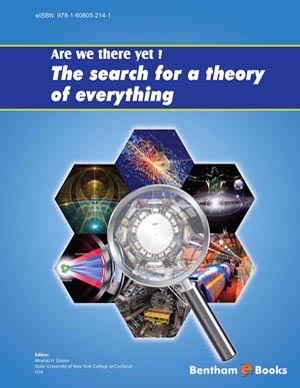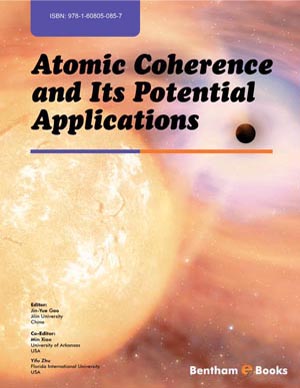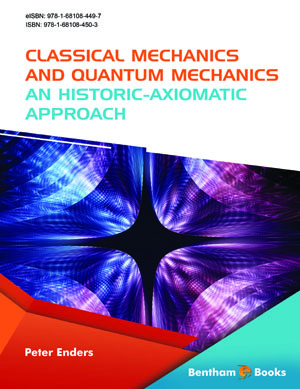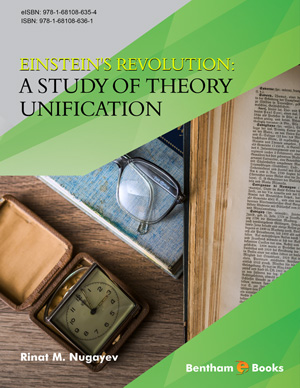Abstract
Light has the dual characteristics of particles (photons) and electromagnetic waves. The photon has an energy of 𝐸 = ℎ𝜈 (𝜈: frequency, h: Planck constant) and the momentum of 𝑝⃗ = ℎ𝑘⃗⃗ (𝑘⃗⃗: wavenumber and 1|𝑘⃗⃗| is the wavelength). The photon density is proportional to the square of the amplitude of the electromagnetic waves. The fundamental aspect of quantum mechanics is that these characteristics apply to all matters. The properties of matters are described by wave functions. The probability of the existence of the matter is proportional to the square of the associated wave function. When a matter is localized in a limited region, it can only assume discrete values of energy because the wavelength of the matter wave must be an integral division of the region. The phase of the wavefunction has uncertainty on order 1/2 radians; therefore, position and momentum (time and energy) cannot be simultaneously determined. As the size of the localization area of the wavefunction becomes smaller, the minimum kinetic energy becomes larger because of the smaller wavelength (larger momentum uncertainty). The Schroedinger equation was derived based on the idea that the relationship between the frequency and the wavenumber corresponds to that between energy and momentum given by classical mechanics, which makes it possible to obtain the wave functions of matters in the energy eigenstates. Several examples of solutions to the Schroedinger equation are introduced. The mixture between different energy eigenstates and the shift in the energy eigenvalues are induced by electromagnetic fields. The temporal change of the wave function (transition between different energy states) is also obtained using the Schroedinger equation.
Keywords: Adiabatic rapid passage, Backbody radiation, Bohr radius, Boson, Eigenfunction, Eigenvalue, Electric induced transparency (EIT), Fermion, Operator, Particle-wave duality, Photoelectronic effect, Rabi oscillation, Schroedinger equation, Stark shift, Uncertainty principle, Zeeman shift.








.jpg)




